Understanding Akira Ransomware’s Double Extortion & How to Fight It
The digital shadows are growing longer, and a particularly menacing threat lurks within: Akira ransomware. This isn’t just another file-scrambling nuisance; Akira has rapidly become infamous for its brutal double extortion tactic, a one-two punch designed to cripple organizations and leave them with few good choices. If you’re concerned about cybersecurity, understanding the double extortion of Akira ransomware is no longer optional—it’s critical for survival.
This post dives deep into what makes Akira’s approach so devastating and what you can do to protect your organization.
What is Akira Ransomware? More Than Just Encryption
Emerging in early 2023, Akira ransomware quickly made a name for itself, partly due to suspected links with former Conti ransomware operators – a pedigree that speaks to its sophistication. Initially a Windows-based threat, it has since evolved, now boasting Linux variants (like “Megazord”) capable of targeting VMware ESXi servers, putting virtualized environments squarely in its crosshairs.
But the true terror of Akira lies not just in its ability to encrypt your vital data, but in its insidious double extortion strategy.
The Two-Fold Attack: Unpacking Akira Ransomware’s Double Extortion
Akira’s double extortion is a calculated, two-phase assault designed to maximize pressure and payout:
Phase 1: The Silent Data Heist – They Steal Before They Scramble
Before you even know they’re there, Akira operatives infiltrate your network. Their first objective isn’t to lock your files; it’s to steal them. Using tools like FileZilla, WinSCP, or Rclone, they exfiltrate sensitive, valuable data – customer PII, financial records, intellectual property, internal communications – anything they can leverage. This silent data theft is the first layer of their extortion. You’re compromised before the encryption even begins.
Phase 2: Encryption Lockdown & The Public Shaming Threat
Once your data is securely in their possession, Akira deploys its ransomware payload. Your files are encrypted (often with a “.akira” or “.powerranges” extension), rendering them inaccessible. A ransom note appears, directing you to their Tor-based negotiation site.
This is where the “double” in double extortion of Akira ransomware hits home. They demand payment not only for the decryption key but also to prevent the public release of your stolen data on their dedicated leak site. Suddenly, merely having backups isn’t enough. The threat shifts from operational disruption to catastrophic reputational damage, regulatory fines (think GDPR, CCPA, HIPAA), and a complete erosion of customer trust.
Why Akira’s Double Extortion is So Devastating
The brilliance (and wickedness) of this strategy is its power to corner victims:
- Beyond Financial Loss: The cost isn’t just the ransom. It’s the potential for long-term brand damage, loss of competitive advantage if IP is leaked, and severe legal repercussions.
- Backups Aren’t a Silver Bullet: While crucial for recovering encrypted files, backups do nothing to prevent the public leakage of already stolen sensitive data. Akira knows this and exploits it.
- Intense Psychological Pressure: The combined threat creates immense stress, forcing organizations into difficult, time-sensitive decisions.
How Akira Ransomware Strikes: Key Tactics (TTPs)
Understanding their attack vectors is key to building a defense against the double extortion of Akira ransomware:
- Initial Entry: Frequently, Akira exploits vulnerabilities in VPN services, especially those lacking Multi-Factor Authentication (MFA). Compromised credentials obtained through phishing or purchased on dark web forums are also common gateways.
- Stealth and Evasion: They employ tools to disable security software, making early detection challenging.
- Deep Network Penetration: Once inside, they use tools like Mimikatz to harvest more credentials, moving laterally across the network to identify and exfiltrate high-value data before encrypting systems.
- Data Exfiltration Tools: As mentioned, tools like Rclone are favored for efficiently extracting large volumes of data.
- Destruction of Backups: Akira often attempts to delete shadow copies and other local backups to further hinder recovery and increase pressure.
Protecting Your Organization: Fighting Back Against Akira’s Double Extortion
Defending against such a multifaceted threat requires a layered security approach:
- Strengthen Your Perimeter:
- MFA Everywhere: Enforce MFA on ALL accounts, especially VPNs, remote desktop access, and critical systems. This is your frontline defense.
- Aggressive Patch Management: Promptly apply security updates to operating systems, software, and especially VPN appliances.
- Secure Network Configuration: Segment your network to limit lateral movement. Isolate critical assets.
- Enhance Detection & Response:
- Endpoint Detection and Response (EDR): Deploy advanced EDR solutions to identify and block suspicious activity.
- Network Traffic Analysis: Monitor outbound traffic for signs of data exfiltration. Unusual uploads to unfamiliar destinations are red flags.
- Immutable Backups & Offline Copies: Maintain robust, regularly tested backups. Ensure you have offline (air-gapped) or immutable (unchangeable) copies that ransomware cannot reach or delete. The 3-2-1 backup rule (3 copies, 2 different media, 1 offsite) is paramount.
- Incident Response Plan: Have a well-documented and practiced incident response plan. Know who to call and what steps to take immediately.
- Educate Your People:
- Cybersecurity Awareness Training: Equip employees to recognize phishing attempts and report suspicious activity. Human error remains a key entry point.
- Leverage Threat Intelligence:
- Stay informed about Akira’s latest TTPs, targeted vulnerabilities, and indicators of compromise (IOCs). Subscribe to reputable threat intelligence feeds.
The Human Element in Akira’s Coercion
Victim reports indicate Akira’s negotiators are often professional and direct, yet unyielding. They understand the value of the data they hold and the pressure points of a business. This calculated approach is part of what makes the double extortion of Akira ransomware so effective.
The Bottom Line: Don’t Underestimate Akira
The double extortion of Akira ransomware is a serious and evolving threat. It preys on weaknesses in security posture and exploits the fear of data exposure. By understanding their tactics and implementing a comprehensive, proactive cybersecurity strategy, you can significantly reduce your risk and avoid becoming another headline.
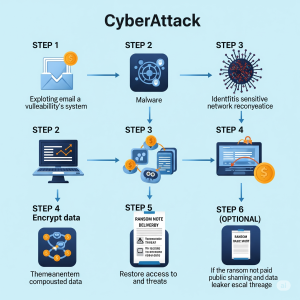
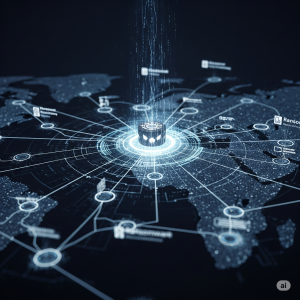
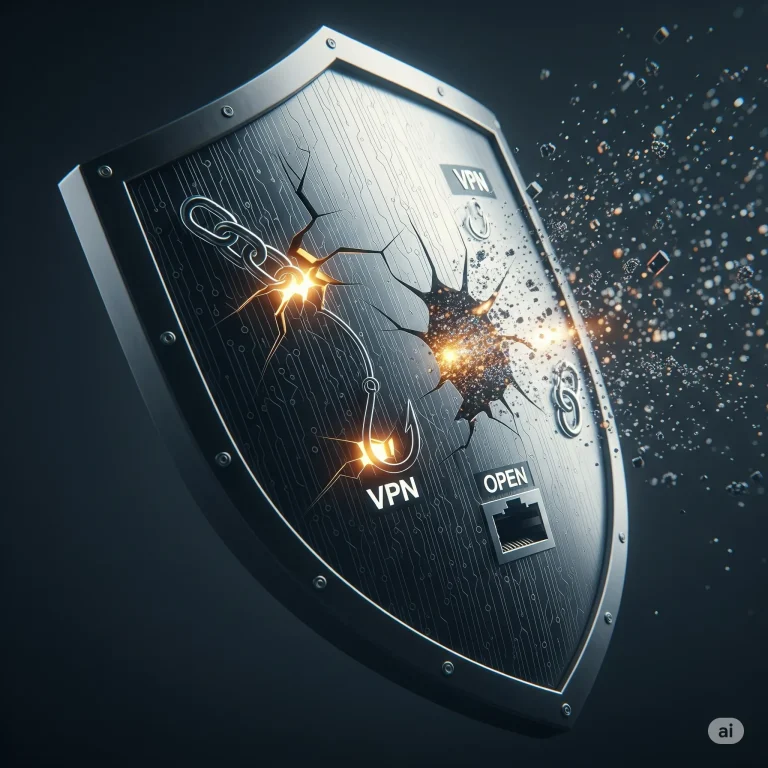
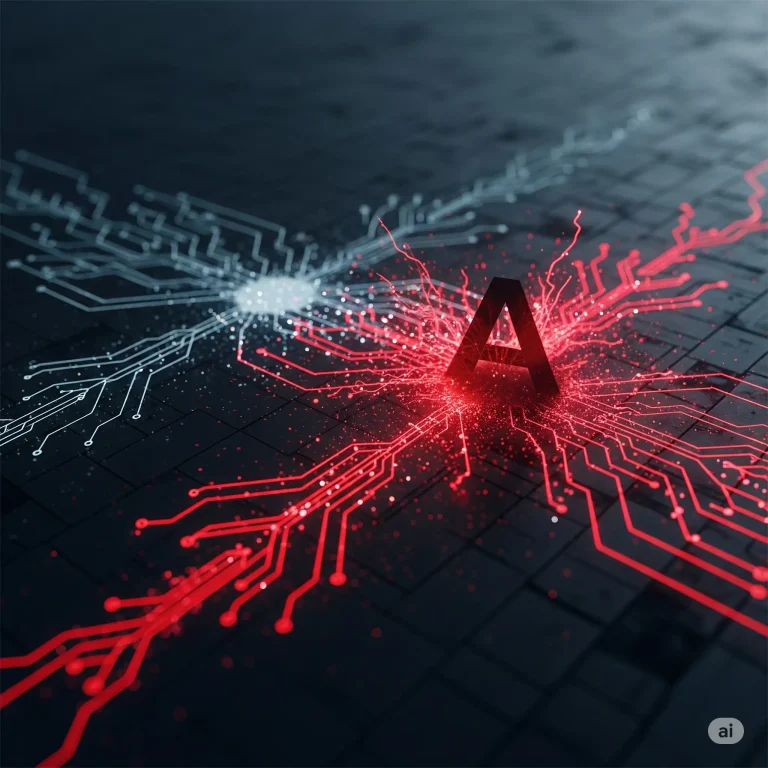
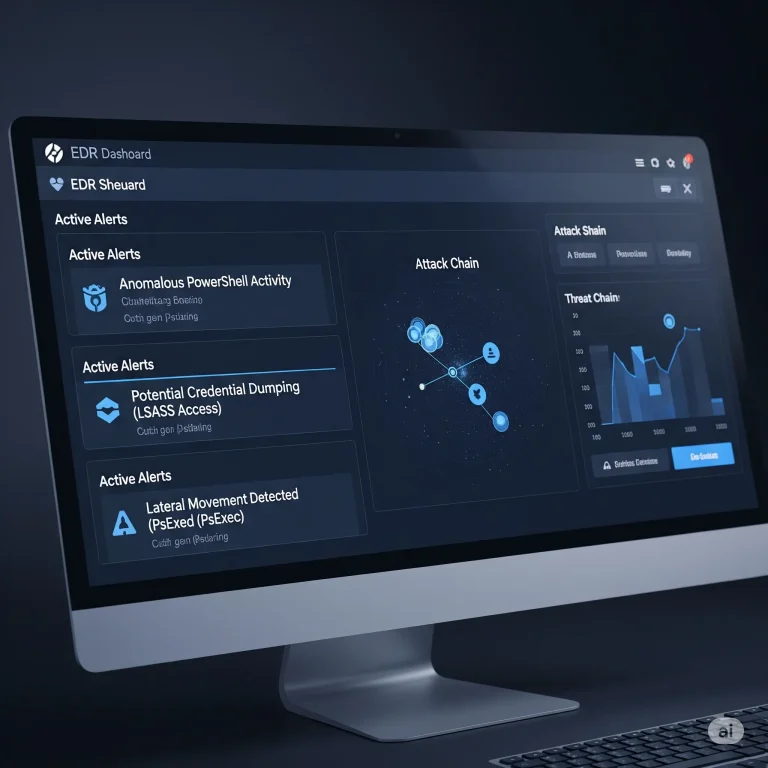
One Comment